16 ways to refresh old, stale and soggy food
Wasting food is wasting cash (and hurting the environment). But did you know you can bring these foods back to life in a few simple steps?
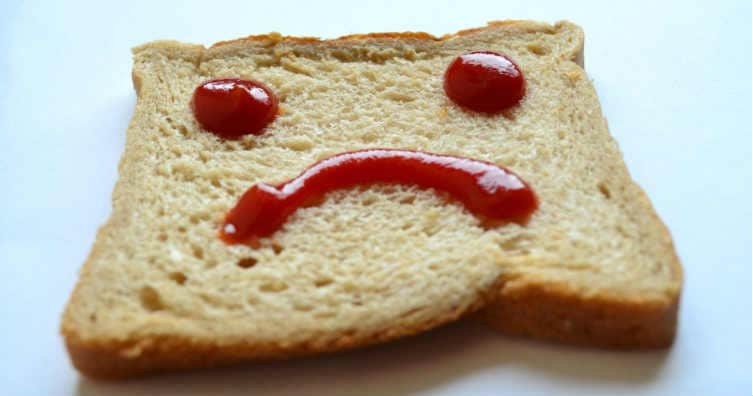
Whether you bought too much in your weekly shop or forgot about a half-eaten Domino's pizza, no one likes throwing away food. But what if we told you there's a chance it could be salvaged?
WRAP has estimated the UK wasted 10.7 million tonnes of food in 2021.
One common reason for food wastage is that not everyone realises plenty of things can be eaten after their best-before date. Food is often still edible a little while afterwards – it just won't be at its 'best', as the term suggests.
So, if your judgement is saying something is past its best, we've got some handy tricks to help make it taste as good as new.
Foods you can make taste fresh again
You can still use these foods when they are past their best with our tips:
-
Soggy pizza
Leftover pizza is a staple of the student diet. Some prefer it cold with a bit of mayo, but if you want to bring it back to life, crispy crusts and all, we've got you covered.
First off, avoid the microwave, as this could make it even soggier.
Instead, put a non-stick pan on medium heat. Chuck your pizza slices in and cover the pan with a lid (or some tinfoil). Then, heat it for four or five minutes, checking regularly.
Failing that, go for a 190°C (gas mark 5) oven for 10–15 mins or reheat it in an air fryer.
To save more money on pizza, try this recipe which works out at under £2 per pizza. -
Stale bread
Don't eat bread if it's mouldy, but stale bread is often fine to eat.
You can try dampening the outside of the loaf and putting it in the oven (180°C/gas mark 4) for five to 10 mins.
Or, you could also try chopping the bread into squares and brushing it with a little butter. Then, pop it in the oven for 15 minutes at 170°C (gas mark 3) – they'll come out as croutons that you can throw in a bowl of soup. Make sure you store them in an airtight container.
And remember, bread should be kept in the cupboard to make it last longer.
-
Soft biscuits
Nobody likes a soggy biscuit... at least not before you've dunked it in your tea.
If your biscuits go a bit soft (maybe because they're old; maybe because an annoying housemate didn't close the packet after taking one) don't worry. Just pop them in the oven at 180°C (gas mark 4) for five minutes.
-
Wilting salad leaves
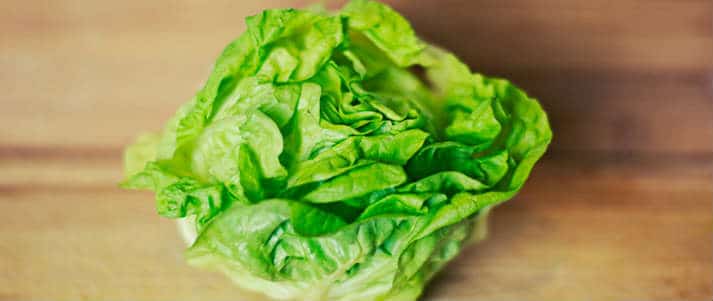
Don't you hate it when your greens go limp? Lettuce help you out with that (hope you liked that one).
Stop your lettuce from losing its crunch (or your spinach from going slimy) by separating the leaves. Then, put them in an airtight container with a piece of kitchen roll over the top.
Pop the container in the fridge and change the kitchen roll every couple of days. This is what soaks up all the moisture and keeps the leaves fresh. You can keep leaves fresh for up to 10 days with this method.
If your lettuce is already slightly soggy, try cutting off any slimy bits and putting it in ice-cold water for 30–60 minutes.
And if the lettuce is still attached to its root, one Save the Student reader suggested putting it root-first into a jar of water.
-
Soggy cucumber
There's nothing worse than a soggy cucumber. But the good news is that while the ends might look like they've seen better days, you could still find that the middle is edible.
Bring it back to life by cutting off the ends and any dodgy-looking bits of skin. Then leave it in cold/icy water for around 30 minutes.
-
Mouldy cheese
Fresh soft cheeses need to be binned as soon as anything appears to be growing on them.
On hard cheeses, if it's grey, blue or white mould and it's sitting on the surface, it can be cut off with a knife (don't scrape it as this can cause the mould to spread). However, if it's red or yellow mould, don't eat the cheese.
If you do cut off a bit of mould but it still affects the taste of the rest of the cheese, you'll need to throw it out.
Keep your hard cheeses edible for longer by grating what you don't need and sticking it in the freezer. It's perfect for chucking on a hot bowl of pasta.
-
Soft bananas
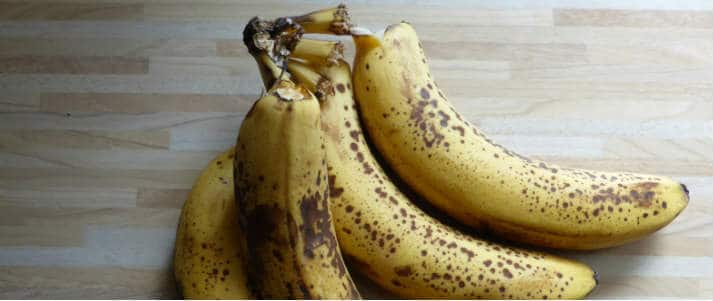
If your bananas are starting to show more brown than yellow, you have to act fast.
Cut your bananas into pieces and stick them in the freezer. They can be thrown in whenever you have ice cream, yoghurt or muesli.
Alternatively, overripe bananas are great for banana bread or cookies. If the skin is already brown, pop them in the freezer whole and take them out when you have a baking session.
But before they go soft, make sure you're storing them properly. Bananas are also foods you can freeze safely.
-
Stale crisps
If you have the willpower to avoid eating a whole bag of crisps (somehow?!), you might end up with half the bag of out-of-date crisps in your cupboard.
To revive them, put the crisps under the grill or in the oven at 180°C (gas mark 5) for five to 10 minutes. Keep an eye on them until they regain their ultimate crispiness.
-
Stale cereal
Cereal is, and always will be, a student money-saving favourite – for breakfast, lunch and dinner.
If you find that your cereal stays on the shelf long enough to lose its straight-out-of-the-box taste (although we doubt it will get to that stage), pop it on a baking tray and put it in the oven at 150°C (gas mark 3) for five to 10 mins.
-
Bruised fruit
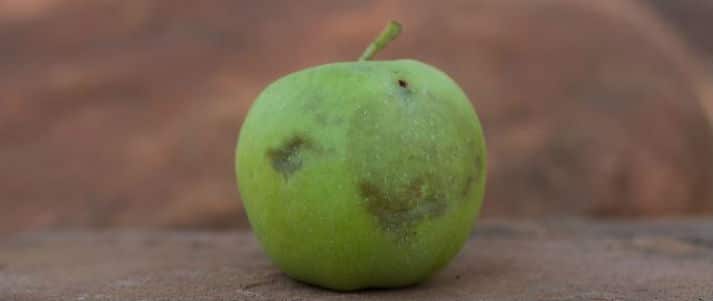
Fruit bruises easily. Nobody wants to eat a mushy piece of apple, peach or banana, right?
Luckily, it's easy to eat them as normal. Just cut off the bruised parts. Remember you can also use mushy fruit for making puddings, sauces and jam.
-
Dry cake
This tip will let you have your cake, and eat it... anytime.
If a cake's gone stale, put it in the microwave for 20 seconds and it'll be (almost) as good as new. This should work on other baked products such as doughnuts, too.
Depending on the cake, you might be able to prevent it from going stale by putting it in the fridge or the freezer. Check out other surprising foods you can freeze in our guide.
-
Milk that's starting to turn sour
If your milk is starting to develop lumps, it's worth throwing away. However, milk that's only just on the turn can sometimes be used.
If your milk is on the very edge of going sour and you don't fancy drinking it or using it on your cereal, you might still be able to use it in recipes.
Add a splash to any recipe that requires milk, such as a cake, homemade pancakes, cheese sauce and more.
-
Limp celery
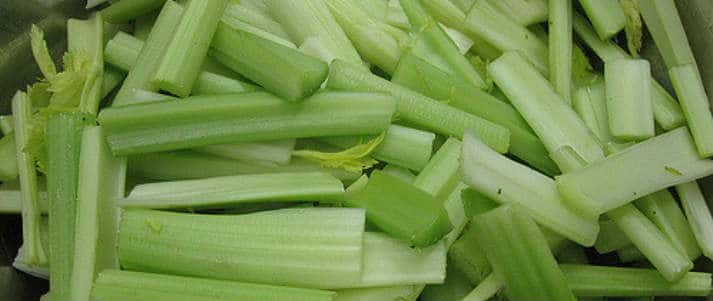
Credit: Zaskoda - Flickr
These green vegetables tend to go a bit limp after a few days.
You can revive floppy celery by chopping it into sticks, which you then put in a jar or glass of cold water. The celery should absorb the water and become rigid again – magic!
This method will also work for asparagus. But make sure you go for warm water instead of cold. And don't let the water get near the tips!
-
Lumped sugar
When sugar's been left in the cupboard for a while, it can lump together and look less than appetising.
If you've left your sugar for so long that it's crystallised, cover it with damp kitchen paper and put it in the microwave for around five to 10 seconds to break it down again. Easy!
-
Eggs past the best-before date
Just because the box suggests your eggs are past their best, it's not necessarily true. While you shouldn't eat expired eggs, you can check whether they're still edible, even after the best-by date.
To do this, pop your eggs in a bowl of cold water. If they sink to the bottom and lay flat on one side, they should be okay to eat. However, if they float or stand up straight, this suggests you'll need to throw them away.
-
Old chocolate
Plain chocolate without fresh ingredients is usually fine to eat after its best-before date. This is because, when chocolate doesn't contain water, it's harder for bacteria to grow.
However, if you have some chocolate that's safe to eat, but doesn't taste quite as fresh as it once did, you could try melting it to use in baking.
Just make sure the chocolate doesn't show any other signs of spoilage (like mould).
While we're on the subject of food, we have loads of supermarket money-saving tips.








